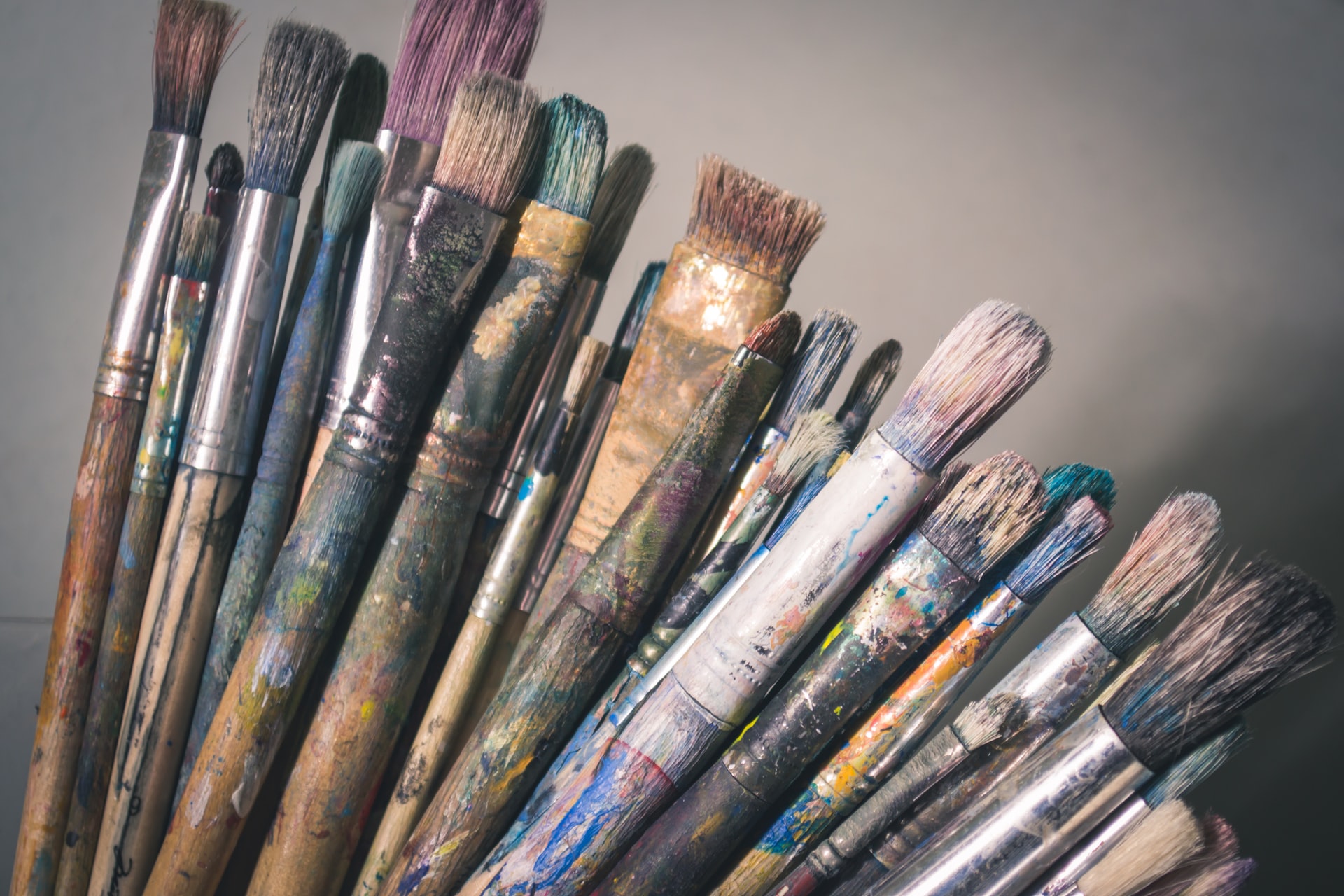Abstract
The authors identify three kinds of organizations for linking arts, social action, and the provision of helping to people who are marginalized or who experience oppression within dominant cultures. Those organizations involve the development of artists who often possess marginalized status, those that link the arts and social action, particularly for protest, and ones producing innovations in social arrangements, helping processes, and/or group support. What they hold in common is the incorporation of the arts to advance the human spirit in the face of societal oppression. For each kind of organization, the authors offer distinctive ways of viewing their cultures that integrate the arts and social action, especially through the production and communication of dissent at individual, group, and/or community levels. The authors highlight how the organizations can reflect counter movements within society in which the arts amplify voice and agency of organizational members who may work in concert to deploy the arts as a tool of social action. Through the incorporation of the arts to represent utopian or dystopian conditions, the organizations can challenge society with ways of embracing human differences, particularly by offering aesthetic visions of human vitality, demonstrating alternative cultures of social support, building prototypes of social innovation, and nurturing the human spirit of people whom mainstream society can degrade through neglect or even abuse.
How to Cite:
Moxley, D. P. & Feen, H., (2017) “Organizing for Arts-Based Social Action in the Helping Professions”, Journal of Cultural Research in Art Education 34(1), 116-133. doi: https://doi.org/10.2458/jcrae.4887
Downloads:
Download PDF
View PDF
568 Views
266 Downloads

